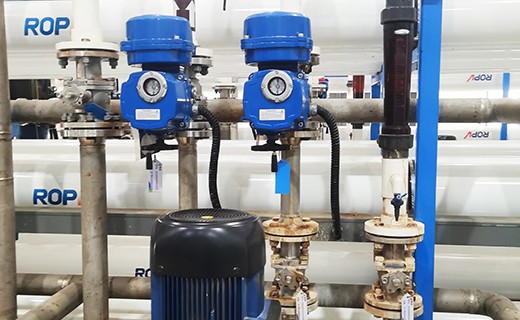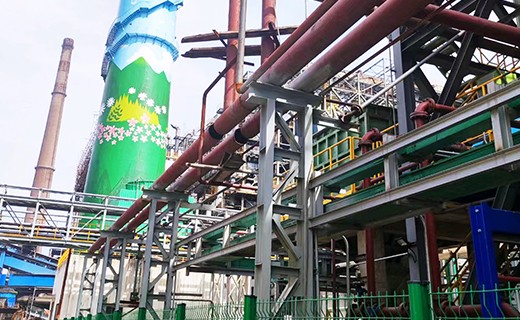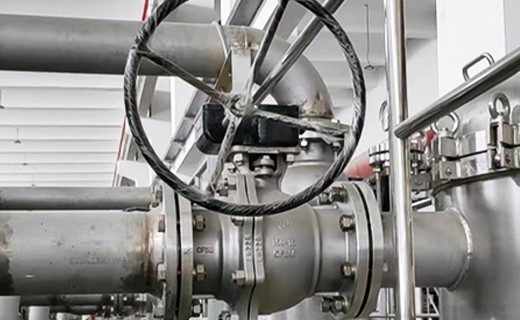Hazardous Waste Comprehensive Utilization refers to the practice of managing and processing hazardous waste materials in a manner that minimizes environmental impact while maximizing resource recovery and utilization. This approach involves various techniques such as recycling, treatment, and conversion of hazardous waste into valuable products or energy sources. The goal is to reduce the volume of hazardous waste requiring disposal in landfills or incinerators, mitigate environmental risks, and promote sustainable resource management practices.
In the Hazardous Waste Comprehensive Utilization industry, specialized industrial valves are essential for controlling the flow, transfer, and treatment of hazardous waste materials throughout the utilization process. Specific valve models commonly used in Hazardous Waste Comprehensive Utilization facilities include:
Diaphragm Valves for Chemical Processing:
Such as PTFE-lined Diaphragm Valves used to handle corrosive or toxic chemicals during hazardous waste treatment and neutralization processes.
Gate Valves for Slurry Handling:
Including Knife Gate Valves designed to handle abrasive slurries or solids during waste material transfer and treatment operations.
Ball Valves for Gas Control Systems:
Utilized to control the flow of hazardous gases produced during waste incineration or thermal treatment processes, with options like Trunnion-Mounted Ball Valves for high-pressure applications.
Butterfly Valves for Liquid Transfer:
Including Resilient-Seated Butterfly Valves used to regulate the flow of hazardous liquid waste streams during storage, transfer, or treatment.
These valve solutions play crucial roles in ensuring the safe, efficient, and environmentally responsible management of hazardous waste materials in various industrial applications.
Incinerators and Thermal Treatment Systems, Chemical Reactors and Neutralization Systems, Filtration and Separation Equipment, Recycling and Recovery Systems, Pollution Control and Emission Abatement Devices.


